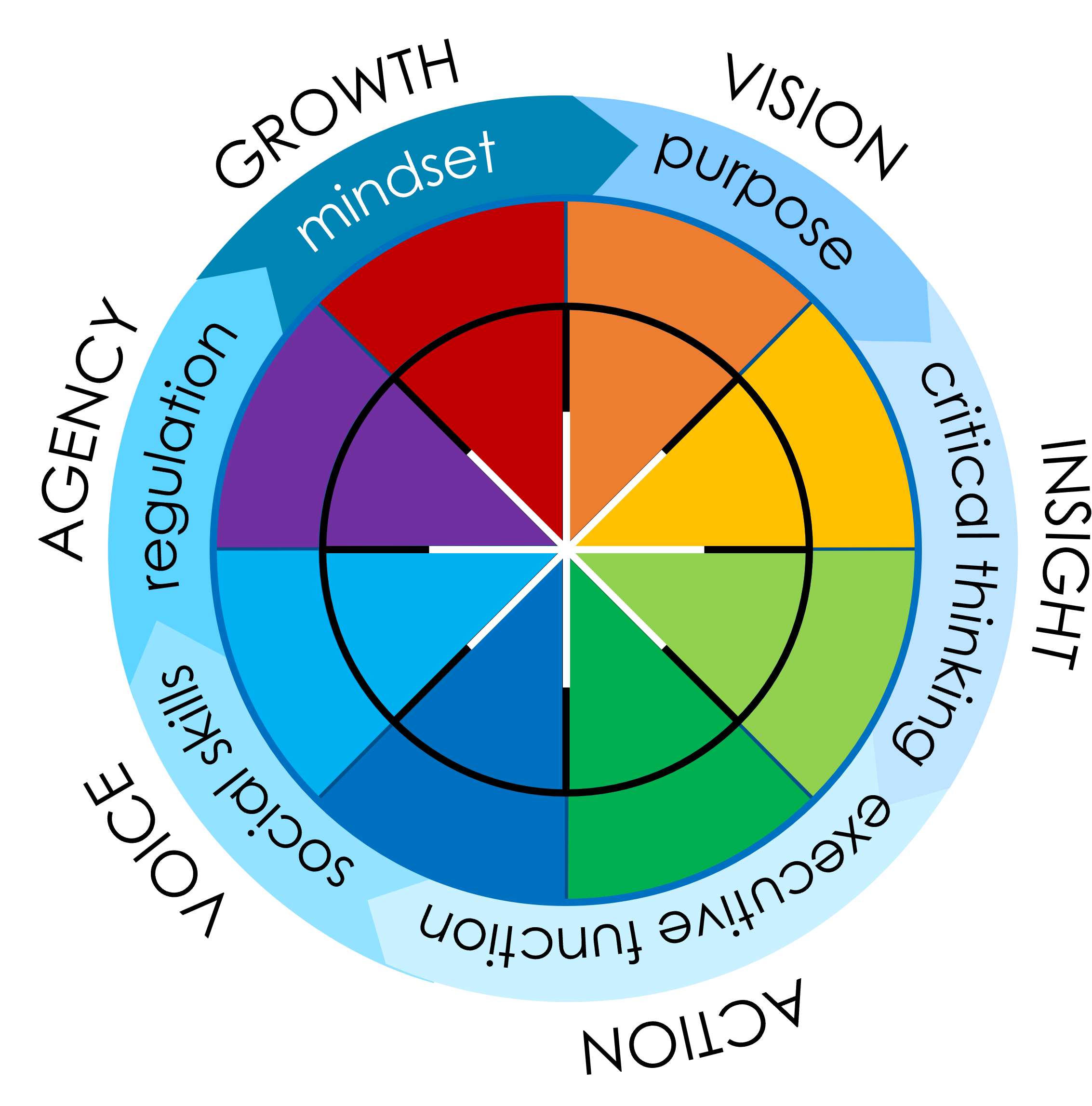Introducing the Neuroplasticity School Model
Our pioneering educational model realizes the promise of the IDEA while reducing school district costs by going beyond teaching to the way a child learns to transforming their learning profiles
Cajal Academy is bringing specialized instruction into the 21st century, through a new educational model that capitalizes on the promise of new neuroscientific research that points the way to not just meet children’s unique profiles but grow them. We call this new model a Neuroplasticity School, because it is built on the well-established scientific principle of “neuroplasticity:” the reality that the human brain constantly rewires itself to increase the neural networks required to do the things we most frequently ask it to do.
Of course, this principle is at play in every school and in every task we do throughout our everyday lives. What makes Cajal Academy (and the future generation of schools we hope to inspire) different is that every aspect of our program is designed to drive this process, improving the neurocognitive infrastructure the student brings to learning and social-emotional experiences. We systematically re-examined all aspects of academic, social-emotional and physical education from the ground up through the lens of this sea change in scientific thought. Our Student Growth Catalysts employ a new, systematic and data-driven approach to identifying what granular level, “splinter skills” are impairing a child’s academic or life-lived experience, and then for building up those skills through a mix of traditional and novel therapeutic interventions. These are paired with instruction in the science of neuroplasticity and growth mindset coaching, to help the student develop a sense of agency over their experience and a toolbox for responding to future challenges.
The result is a comprehensive new model, in which the role of K-12 education isn’t just to teach students how to read, write and be kind to one another, but to optimize the neurocognitive and neurophysio infrastructure that determines their ability to learn and apply those skills, and that informs a student’s academic and life-lived experiences. This gives students with typical learning profiles a greater understanding of their strengths and challenges. For children with IEPs, our approach has proven successful in not just improving students’ access to the general education curriculum but in removing the disabilities that impaired that access in the first place.
Learn more about this exciting approach and contact us to explore professional development opportunities to bring this ground-breaking approach to your educational institution.
The Neuroplasticity School model decreases educational costs by improving student outcomes
Traditional special education presumes that the underlying challenges are immutable—yet scientists know that the brain is constantly rewiring itself through neuroplasticity. We reduce the cost of meeting students’ educational needs by applying the same therapies that go into an IEP in a new, research-backed way that gets beyond accommodation to actually reduce or even remove the challenges holding a child back. This delivers better student outcomes, lowering their K-12 educational costs.
We use a Neuro- and Trauma-Informed Approach to understanding student abilities, needs and behaviors
Student needs and abilities are understood as reflecting the neurocognitive and neurophysio skills required to perform them, rather than the diagnoses that define what they look like in the classroom. This leads to actionable insights we can use to identify and enhance hidden learning and social impairments.
We reduce special education costs by transforming student profiles through a research-backed method for reducing or removing disabilities
We use neuroplasticity to enhance the neural networks a child uses to perform those skills that hold them back, following a research-backed approach that’s only available at Cajal Academy. This can transform student abilities by as much as 6 grade levels in 6 months time, thus significantly reducing the costs of meeting that child’s educational needs across the remainder of their K-12 lifetime.
We contextualize our Neuroplasticity Interventions within comprehensive Student Growth Catalysts moving the whole child forward
We create highly-individualized, multi-disciplinary treatment plans seamlessly improving a child’s abilities across academic, social-emotional and neurophysio domains for sustainable and cross-setting progress, and foster an authentic growth mindset by teaching students the neuroscience behind it.
We use the general education curriculum as an opportunity for targeting the areas where a child most needs to grow
We use multi-disciplinary project-based learning to develop the super-sized critical thinking, executive function, social leadership and self-care skills that foster independent success in college and the knowledge economy beyond, through the Vision-to-Voice Curriculum. We view the general ed curriculum as presenting opportunities to target those ways where a child most needs our help to grow.
We teach students how to leverage the neuroscience of body-brain connections
We teach students how to leverage connections between the body and the brain to regain or maintain emotional regulation, optimize cognitive access and accelerate learning.
Homegrown in Connecticut
The Neuroplasticity School model is pioneered by Cajal Academy: an expert outplacement environment for intellectually-gifted and twice exceptional learners in Fairfield County, Connecticut. Attend an Information Session to find out more about our admissions and expert programming.










